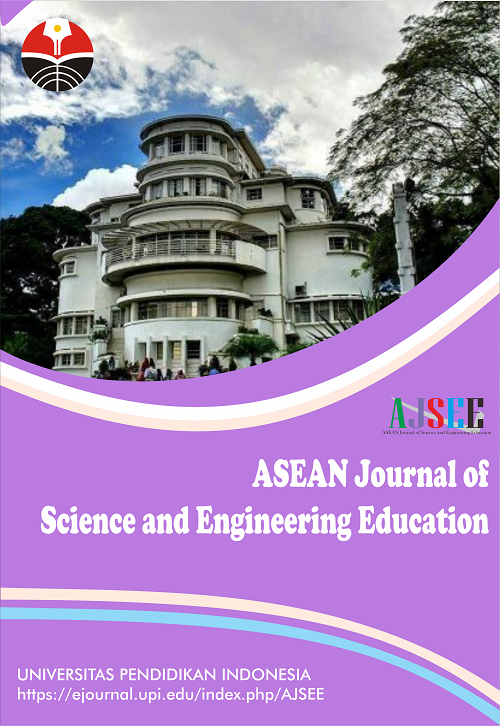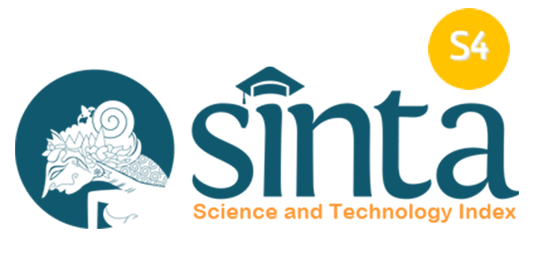Attitudes and Perceptions Towards Cultured Meat Among General Population in Pakistan
Abstract
Keywords
Full Text:
PDFReferences
Benzertiha, A., Kierończyk, B., Rawski, M., Jozefiak, A., Mazurkiewicz, J., Jozefiak, D., and Świątkiewicz, S. (2018). Cultural and practical aspects of halal slaughtering in food production. Medical Weter, 74(6), 371-376.
Bryant, C., and Dillard, C. (2019). The impact of framing on acceptance of cultured meat. Frontiers in Nutrition, 6, 103.
Chriki, S., and Hocquette, J. F. (2020). The myth of cultured meat: A review. Frontiers in Nutrition, 7, 7.
Djisalov, M., Knežić, T., Podunavac, I., Živojević, K., Radonic, V., Knežević, N. Ž., and Gadjanski, I. (2021). Cultivating multidisciplinarity: Manufacturing and sensing challenges in cultured meat production. Biology, 10(3), 204.
Faccio, E., and Fovino, L.G.N. (2019). Food Neophobia or Distrust of Novelties? Exploring consumers’ attitudes toward GMOs, insects and cultured meat. Applied Sciences, 9(20), 4440.
Gaskell, G., Allum, N., Wagner, W., Kronberger, N., Torgersen, H., Hampel, J., and Bardes, J. (2004). GM foods and the misperception of risk perception. Risk Analysis: An International Journal, 24(1), 185-194.
Gibson, L. (2008). Art, culture and ambiguity in wilcannia, new south wales. The Australian Journal of Anthropology, 19(3), 294-313.
Hadi, J., and Brightwell, G. (2021). Safety of Alternative Proteins: Technological, environmental and regulatory aspects of cultured meat, plant-based meat, insect protein and single-cell protein. Foods, 10(6), 1226.
Hearn, A. (2008). Meat, Mask, Burden: Probing the contours of the brandedself. Journal of Consumer Culture, 8(2), 197-217.
Knight, A. J. (2009). Perceptions, knowledge and ethical concerns with GM foods and the GM process. Public Understanding of Science, 18(2), 177-188.
Mancini, M. C., and Antonioli, F. (2020). To What Extent Are Consumers’ Perception and Acceptance of Alternative Meat Production Systems Affected by Information? The Case of Cultured Meat. Animals, 10(4), 656.
Mancini, M. C., Menozzi, D., and Arfini, F. (2017). Immunocastration: Economic implications for the pork supply chain and consumer perception. An assessment of existing research. Livestock Science, 203, 10-20.
Moritz, M. S., Verbruggen, S. E., and Post, M. J. (2015). Alternatives for large-scale production of cultured beef: A review. Journal of Integrative Agriculture, 14(2), 208-216.
Mouat, M. J. and Prince, R. (2018). Cultured meat and cowless milk: On making markets for animal-free food. Journal of Cultural Economy, 11(4), 315-329.
Newton, P., and Blaustein-Rejto, D. (2021). Social and economic opportunities and challenges of plant-based and cultured meat for rural producers in the US. Frontiers in Sustainable Food Systems, 5, 10.
Rostand, Stephen G. (1997). Ultraviolet light may contribute to geographic and racial blood pressure differences. Hypertension, 30(2), 150–56.
Tilman, D., Balzer, C., Hill, J. and Befort, B. L. (2011). Global food demand and the sustainable intensification of agriculture. Proceedings of The National Academy of Sciences, 108(50), 20260-20264.
Treich, Nicolas. (2021). Cultured Meat: Promises and Challenges. Environmental and Resource Economics, 79(1), 33–61.
Tuomisto, HL. and MJ Teixeira de Mattos. (2011). Environmental Impacts of Cultured Meat Production. American Chemical Society Publications, 45(14), 6117–23.
Van Der Weele, C., and Driessen, C. (2019). How normal meat becomes stranger as cultured meat becomes more normal: Ambivalence and ambiguity below the surface of behavior. Frontiers in Sustainable Food Systems, 3, 69.
DOI: https://doi.org/10.17509/ajsee.v2i1.38766
Refbacks
- There are currently no refbacks.
Copyright (c) 2021 Universitas Pendidikan Indonesia

This work is licensed under a Creative Commons Attribution-ShareAlike 4.0 International License.














